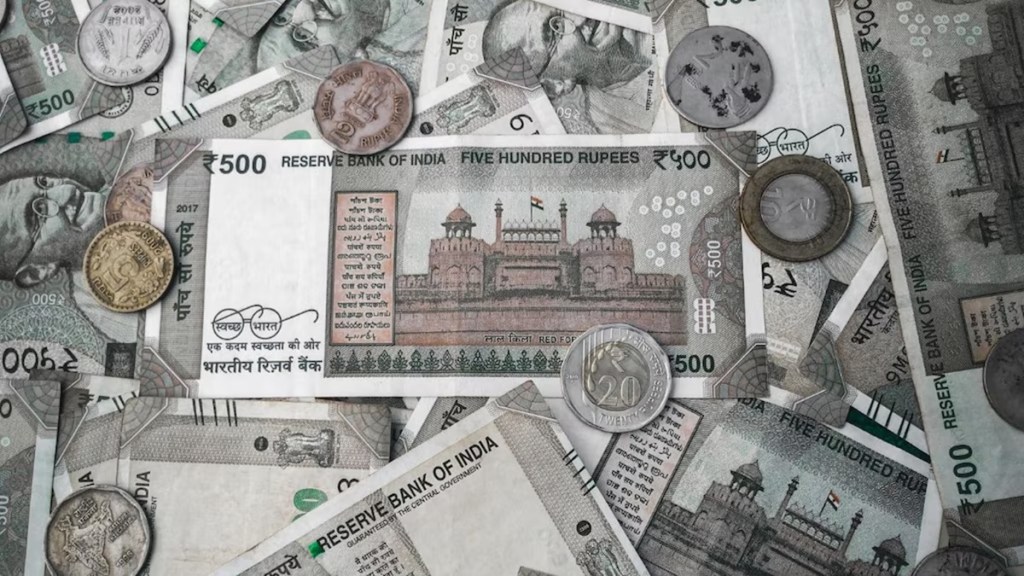While still lower than the Asian peers, US President Donald Trump has imposed a 26 per cent reciprocal tariff on India due to take effect from April 9, 2025, which suggests further downside risk to India’s growth forecasts to the tune of 30- 50bp, said UBS Securities. “Our base case forecasts India’s real GDP growth at 6.3 per cent YoY in FY26 (which already incorporates 25bp of negative drag from tariff hikes). However, the sheer magnitude of what is being proposed now under the new tariff hikes suggests further downside risk to India’s growth forecasts to the tune of 30- 50bp,” said Tanvee Gupta Jain, Chief India Economist at UBS Securities.
However, with the bilateral trade agreement negotiations between the US and India still on, UBS said, if it materialises, the net impact could be reduced. “With India’s cyclical recovery already underway, many of the economic headwinds of 2024 have started to reverse (ie, pick-up in central government’s capex (up 26 per cent YoY in H2 (Oct-Feb) versus -35 per cent in H1), proactive liquidity support, regulatory easing and rate cuts). We think the prolonged global uncertainty could have greater implications for financial markets than macro economy,” it said.
Donald Trump imposed a 26 per cent tariff on India, still lower than Asian countries – 54 per cent for China, 46 per cent for Vietnam, 36 per cent for Thailand, 32 per cent for Indonesia among others – which could offer some advantage to the country over the peers.
The US accounts for 18 per cent of India’s merchandise exports which is about 2 per cent of India’s GDP. The economic impact will depend on whether these tariffs are put in place, how long they remain in place, and whether they are reduced through negotiation.
What are possible impacts India needs to brace for?
1) Slower global growth: The prolonged uncertainty regarding US tariff/trade policy will likely weigh on external demand, affect business sentiment and investments, and thus lead to slower global growth. While India is believed to be among those less at risk relative to Asia’s more open economies, UBS said, it still is not immune. “Compared to its peers, India is less exposed to global trade on the goods side and its services exports (currently 47 per cent share of total exports) remain resilient and could help provide some buffer against global trade disruptions,” the brokerage firm said.
2) Bilateral tariff: As of now, the US administration has not released a detailed, product-wise breakdown of the announced tariff on imports from India and its a blanket rate applied to all goods imported from the country, without variations across different product categories. Tanvee Gupta Jain said, “We multiply the new tariff rates with trade exposure to the US to get a ‘GDP at risk’ measure. Further assuming a -1 price elasticity, our estimates suggest that tariffs could weigh directly on India’s GDP by 55bp. We believe INR depreciation (4 per cent in our base case for FY26E) could mitigate some of the gross impact. However, this will depend upon the pass through and will not be one-for one due to price rigidities.”
3) Offloading of China’s excess capacity: A postponement of India’s private corporate capex recovery due to the risk of China offloading excess capacity to other countries could drag overall growth, the analysis report maintained.
Can smarter negotiations help India offset trade tariff impact?
While discussions are on, UBS said, there is still room for India to step up negotiations with the US by lowering tariffs on selected imported US goods. “Barring the short-term growth shock, various studies suggest reducing tariffs can lead to increased firm productivity, expanded exports, and reduced wage inequality,” the UBS report noted.
During India’s trade liberalisation reforms in the 1990s, an IMF study found that a 10 per cent reduction in tariffs resulted in a 0.5 per cent increase in firm productivity. “We think the negotiations to sign a bilateral trade agreement could focus on key sectors including agriculture, electronics (electrical equipment & machinery), automobiles, energy, textiles and alcohol (50 per cent share of India’s exports to the US). India could also increase goods imported from the US (including defence equipment and energy) and lower the goods trade deficit,” Tanvee Gupta Jain said.
India must sustain domestic growth momentum
In the current backdrop, UBS said, strengthening India’s domestic growth momentum with monetary and fiscal policy should be the main focus. “With a cyclical recovery already underway, we believe India’s domestic economy is now in a better shape than in H1FY25 factoring in pick-up in government capex, recovery in rural consumption (on good crop outlook), softening inflation and fiscal impulse from income tax cuts. We maintain our view that there is scope for a further 50bp cut in the repo rate in this cycle (following a 25bp policy easing in February),” UBS asserted. Besides ensuring currency flexibility, India is expected to continue monetary policy support in terms of rate cuts, liquidity support and regulatory easing. Even as the central government remains on the fiscal consolidation path, UBS expects the government to ensure that the capex targets (+10 per cent YoY) are met in FY26. “To sustain India’s potential growth, we think the focus needs to be on structural reforms to work in tandem with cyclical policy support,” UBS concluded.

